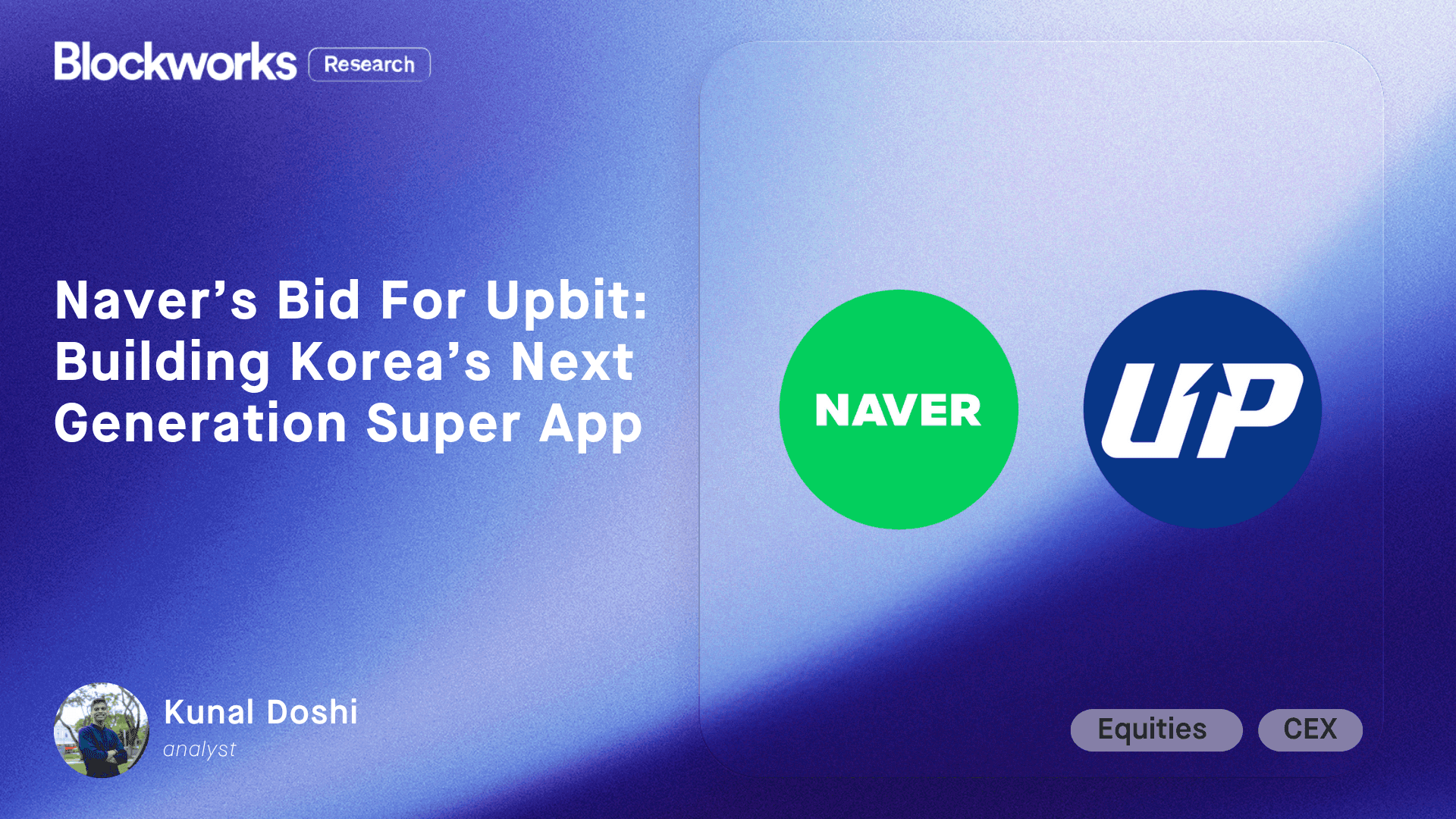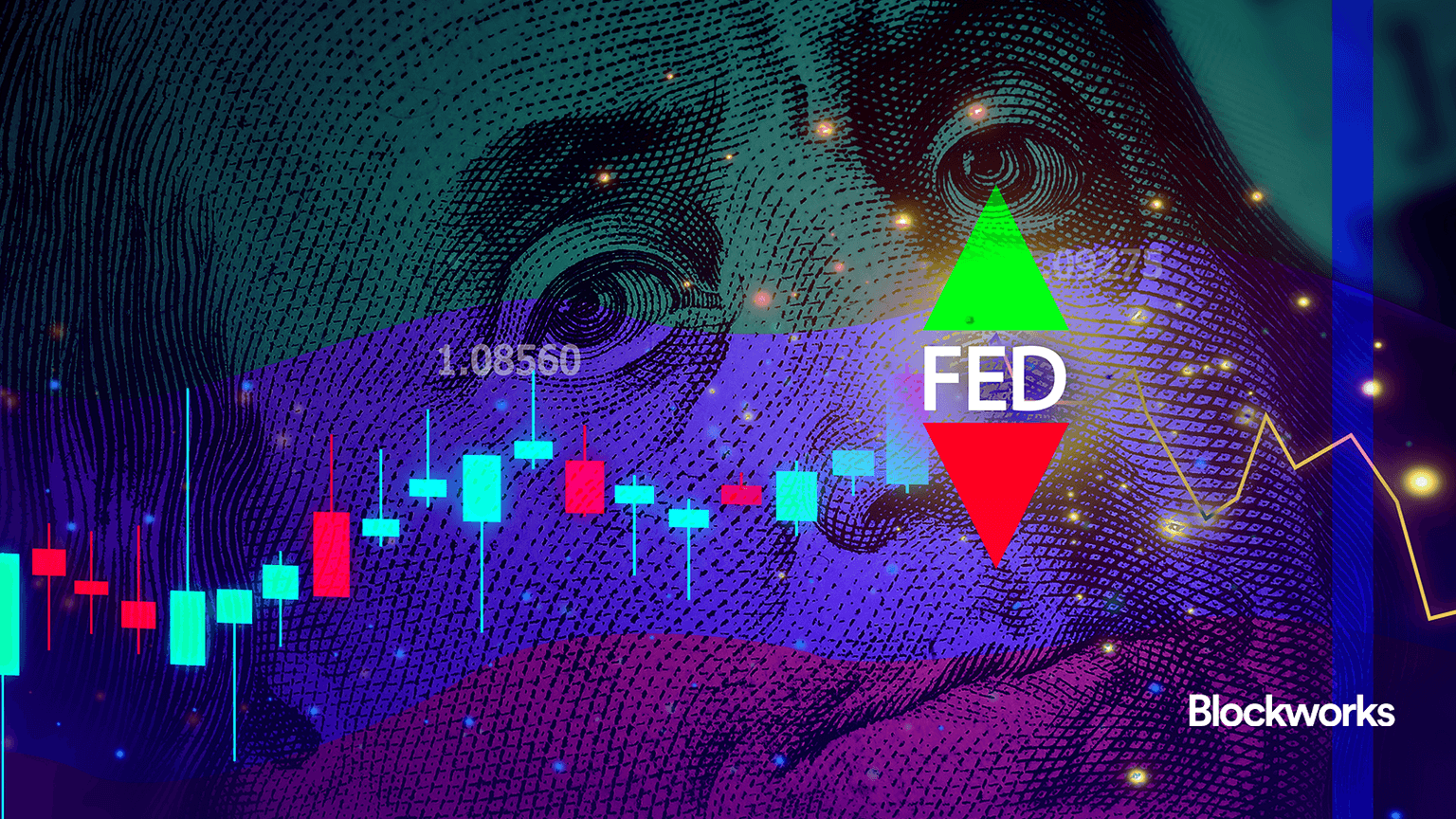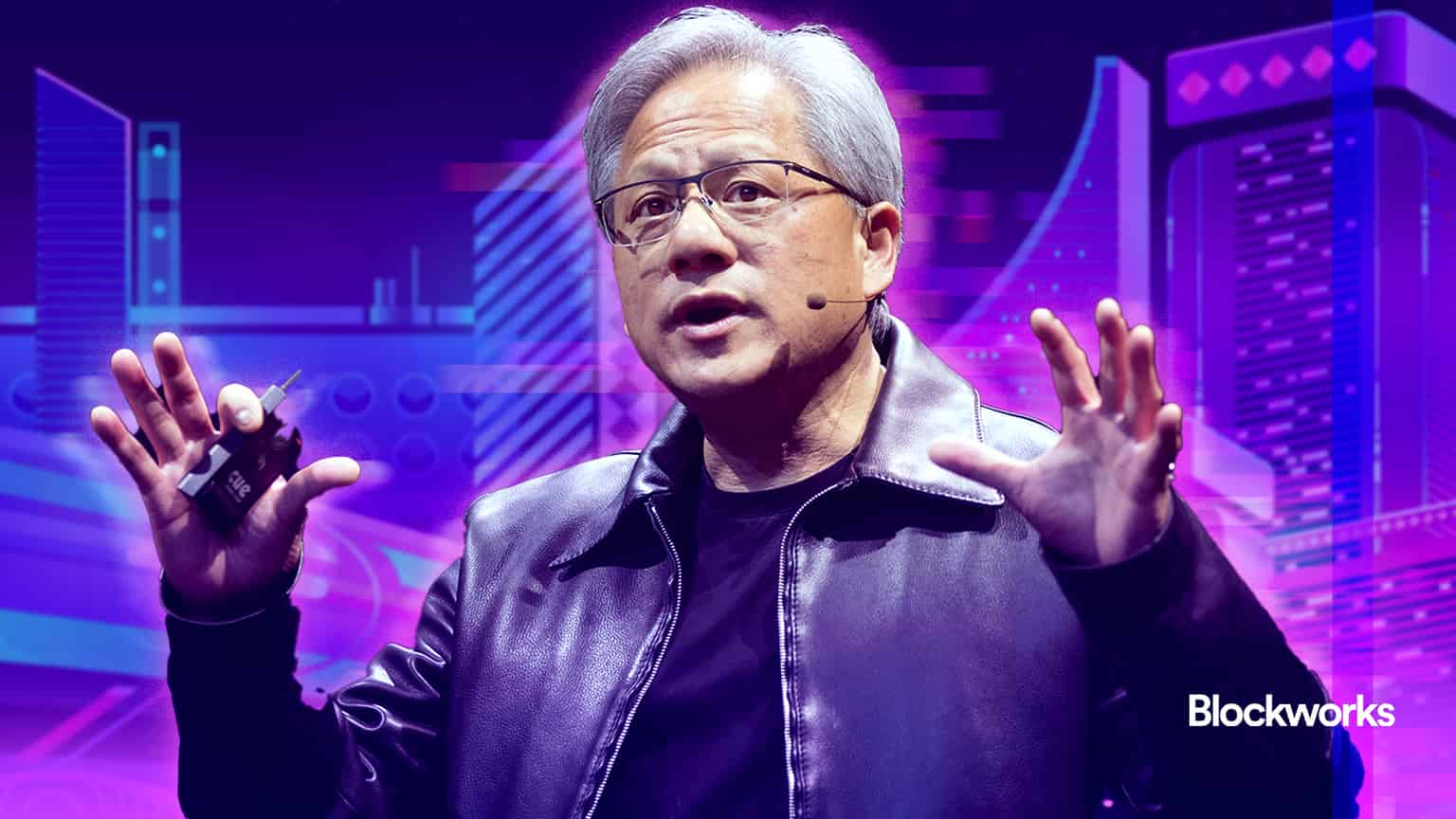GIC’s Anchorage Investment Sheds Light on Future of Digital Assets
Singapore’s GIC and Temasek rank in the top 10 of the world’s largest sovereign wealth funds. When one of them makes a move like investing in Anchorage, the “crypto bank” for financial institutions, Asia’s money watchers take note. GIC generally focuses […]

Singapore, Source: Shutterstock
- Conservative-leaning GIC invests in Anchorage – signals that digital assets are here to stay
- When Singapore’s sovereign wealth funds make a move, Asia’s money flow watchers take note
Singapore’s GIC and Temasek rank in the top 10 of the world’s largest sovereign wealth funds. When one of them makes a move like investing in Anchorage, the “crypto bank” for financial institutions, Asia’s money watchers take note.
GIC generally focuses on low-risk investments while Temasek leans toward higher risk and is often compared to Masayoshi Son’s Softbank. As a result, Anchorage’s announcement that blue-chip focused GIC led its latest $80 million investment round triggered a mindshift that digital assets are here to stay.
Digital assets are here to stay
“Temasek invests in higher risk profile products, and has generally outperformed GIC in investments,” said Malcom Tan, an advisor to Singapore-based Decentralized Finance platform KingSwap. “For GIC to invest in Anchorage means that it is considered a lower-risk investment, so perhaps it signals an acceptance from the Singaporean policymakers that blockchain-related investments are relatively low risk if the due diligence process has been cleared.”
To contextualize the two’s investment portfolios, some of GIC’s better known holdings include Alibaba, Citigroup, French energy firm Total, Duke Energy, Xiaomi, a number of high-profile shopping malls and YouTube competitor Vinmo.
Temasek, on the other hand, leans heavily into the emerging mobile-focused e-commerce space, such as online real estate company mortgage broker Blend, as well as WeWork China. Temasek is also set to make a multi-billion dollar bet on Southeast Asia’s emerging digital economy, targeting health and edtech investments.
Thinking twice about bitcoin
In 2018, GIC’s investment in Anchorage would have been unheard of. In fact, at an investor conference that year, GIC’s chief executive officer Lim Chow Kiat, once played up the enterprise potential of blockchain technology saying it was “worth paying attention to” but drew the line at investing in anything related to bitcoin or cryptocurrency.
“I don’t think we know enough of it,” Lim said at the time.
In 2019, Lim and GIC shifted this approach and invested $300 million into Coinbase, in a round led by Andreessen Horowitz and Tiger Global Management as sophisticated institutional investors began to warm to the asset class.
“I would say that an investment in Anchorage suggests that GIC is still very much a conservative investor. Anchorage is currently the only Federally Chartered Digital Asset Bank in the US, granted by the Office of the Comptroller of the Currency,” said Bobby Ong, co-founder and COO of Malaysia-based CoinGecko, which is quickly becoming a global giant in the digital asset data space.
While Avanti and Kraken, two of Anchorage’s competitors, also have a form of charter, this is limited to a Special Purpose Depository Institution charter from the state of Wyoming — not as comprehensive as a charter from the Office of the Comptroller of the Currency (OCC), a federal office.
Joseph Cherian, a finance professor at the National University of Singapore’s business school, adds that the OCC’s conditional charter for Anchorage, along with investment from Visa and Andreessen Horowitz, would have been a big part in the GIC due diligence process to get the green light.
“With more banking licenses being given out, Anchorage is currently one of the safest choices to invest among the crypto companies,” said CoinGecko’s Ong.
Bridging the gulf between investors and regulators
Although Asia is increasingly becoming the natural home to DeFi, there’s still a gulf between institutional investors in Asia and regulators.
Ong doesn’t think that GIC’s investment in Anchorage is going to prelude a local regulatory shift. He said governments in the region just aren’t yet comfortable with handing out banking licenses to digital asset firms.
“Singapore, the country with the most progressive stance on crypto regulations, only managed to grant digital banking licenses in December 2020,” he noted.
Time will tell if GIC’s move to back Anchorage will push regulators to change their tune.






